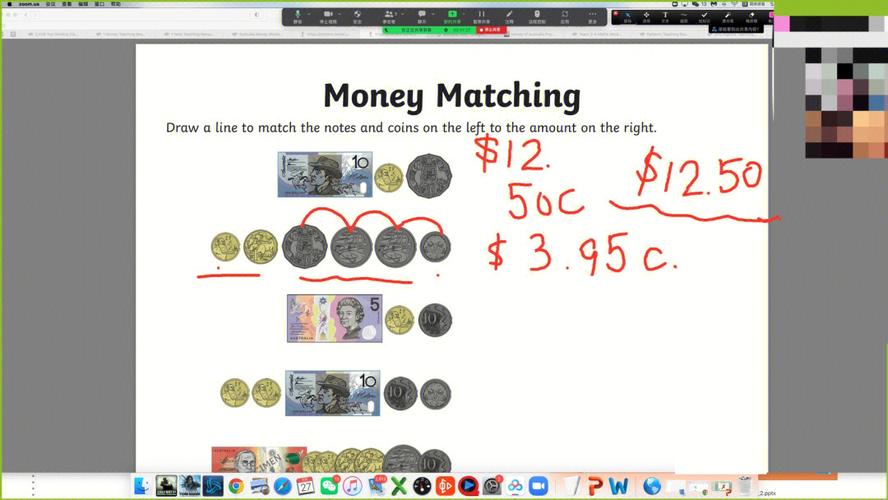Money Counting Practice: A Comprehensive Guide for Financial Literacy
Money counting practice is an essential skill for anyone looking to improve their financial literacy. Whether you’re a student, a professional, or simply someone who wants to better manage their finances, understanding how to count money accurately is crucial. In this article, we’ll delve into the various aspects of money counting practice, providing you with a detailed and multi-dimensional introduction.
Understanding Different Types of Currency
Before you can start counting money, it’s important to familiarize yourself with the different types of currency you might encounter. Here’s a breakdown of some common currencies and their denominations:
| Currency | Denominations |
|---|---|
| US Dollar | $1, $5, $10, $20, $50, $100 |
| Euro | 鈧?, 鈧?0, 鈧?0, 鈧?0, 鈧?00, 鈧?00, 鈧?00 |
| British Pound | 拢5, 拢10, 拢20, 拢50, 拢100 |
| Japanese Yen | 楼100, 楼500, 楼1000, 楼5000, 楼10000 |
Each currency has its own set of denominations, and it’s important to know the values of each denomination to ensure accurate counting.
Practical Money Counting Techniques
Now that you’re familiar with the different types of currency, let’s dive into some practical money counting techniques:
1. Counting by Hand
Counting money by hand is a simple yet effective technique. Start by laying out the bills or coins in a neat pile. Begin counting from the bottom up, ensuring that you’re counting each item individually. As you count, keep a mental tally of the total amount. This method is particularly useful for small transactions or when you’re just getting started with money counting.

2. Using a Calculator
For larger transactions or when you need to count a significant amount of money, using a calculator can be a time-saving solution. Simply enter the total number of bills or coins, and the calculator will provide you with the total amount. However, it’s important to double-check the calculation to ensure accuracy.
3. Using a Money Counter
A money counter is a device specifically designed for counting money. These devices can count large quantities of money quickly and accurately. They often come with features such as a built-in calculator and the ability to count both bills and coins. While money counters can be expensive, they are a valuable investment for businesses or individuals who frequently handle large amounts of money.
Common Mistakes to Avoid
When practicing money counting, it’s important to be aware of common mistakes that can lead to errors:
1. Double Counting
Double counting occurs when you count the same bill or coin more than once. This can happen if you’re not paying close attention to what you’ve already counted. To avoid this, take your time and focus on each item as you count.
2. Miscounting Denominations
Miscounting denominations is another common mistake. For example, mistaking a $5 bill for a $10 bill can significantly impact the total amount. To prevent this, take the time to examine each bill or coin carefully and ensure you’re counting the correct denomination.
Benefits of Money Counting Practice
Practicing money counting offers several benefits, including:
1. Improved Financial Literacy
By understanding how to count money accurately, you’ll gain a better grasp of financial concepts and be better equipped to manage your finances effectively.
2. Increased Confidence
Accurate money counting can boost your confidence in handling financial transactions, whether you’re making a purchase or managing your own finances.
3. Time and Effort Savings
With practice, you’ll be able to count money quickly and efficiently, saving you time and effort in the long run.
In
